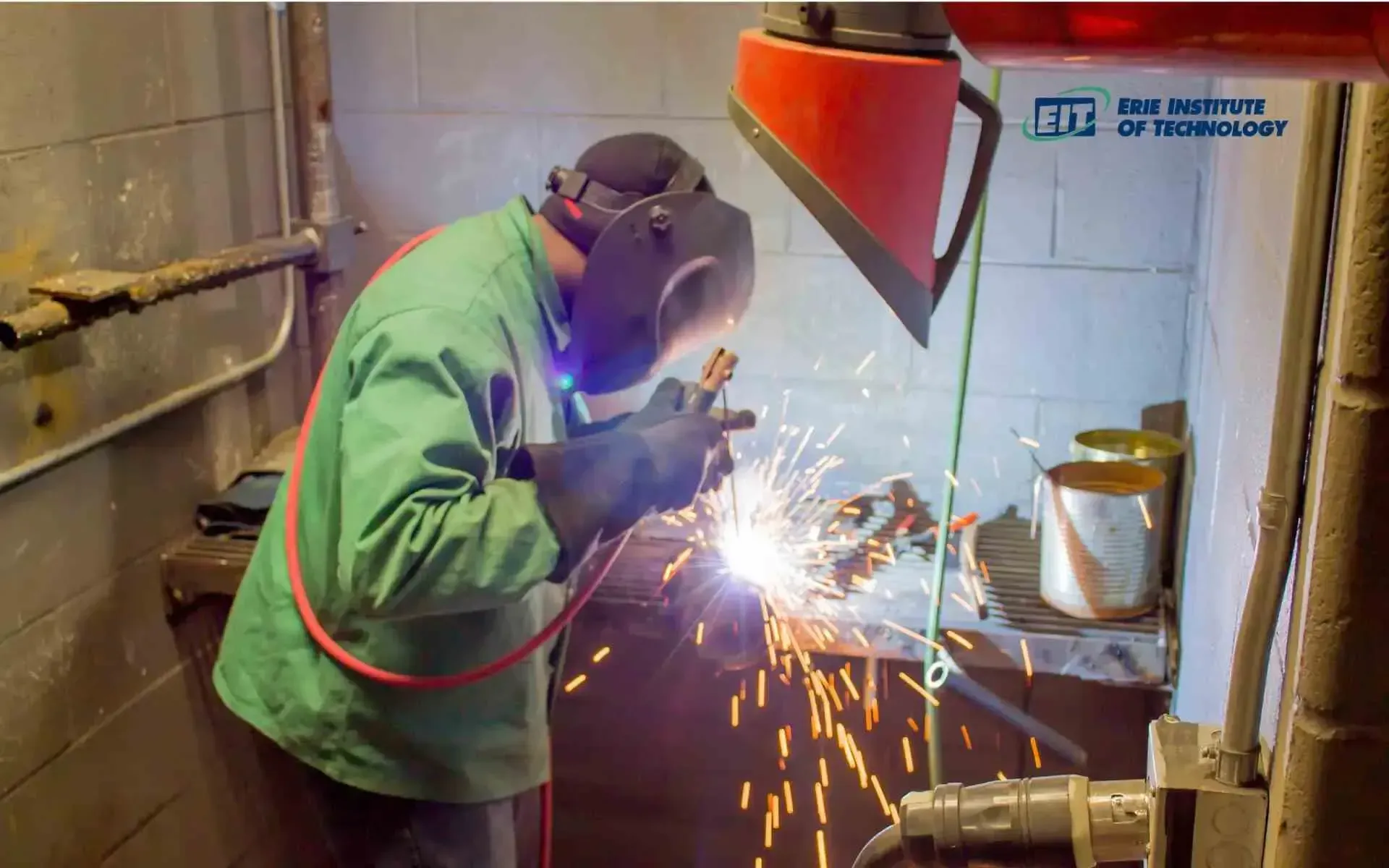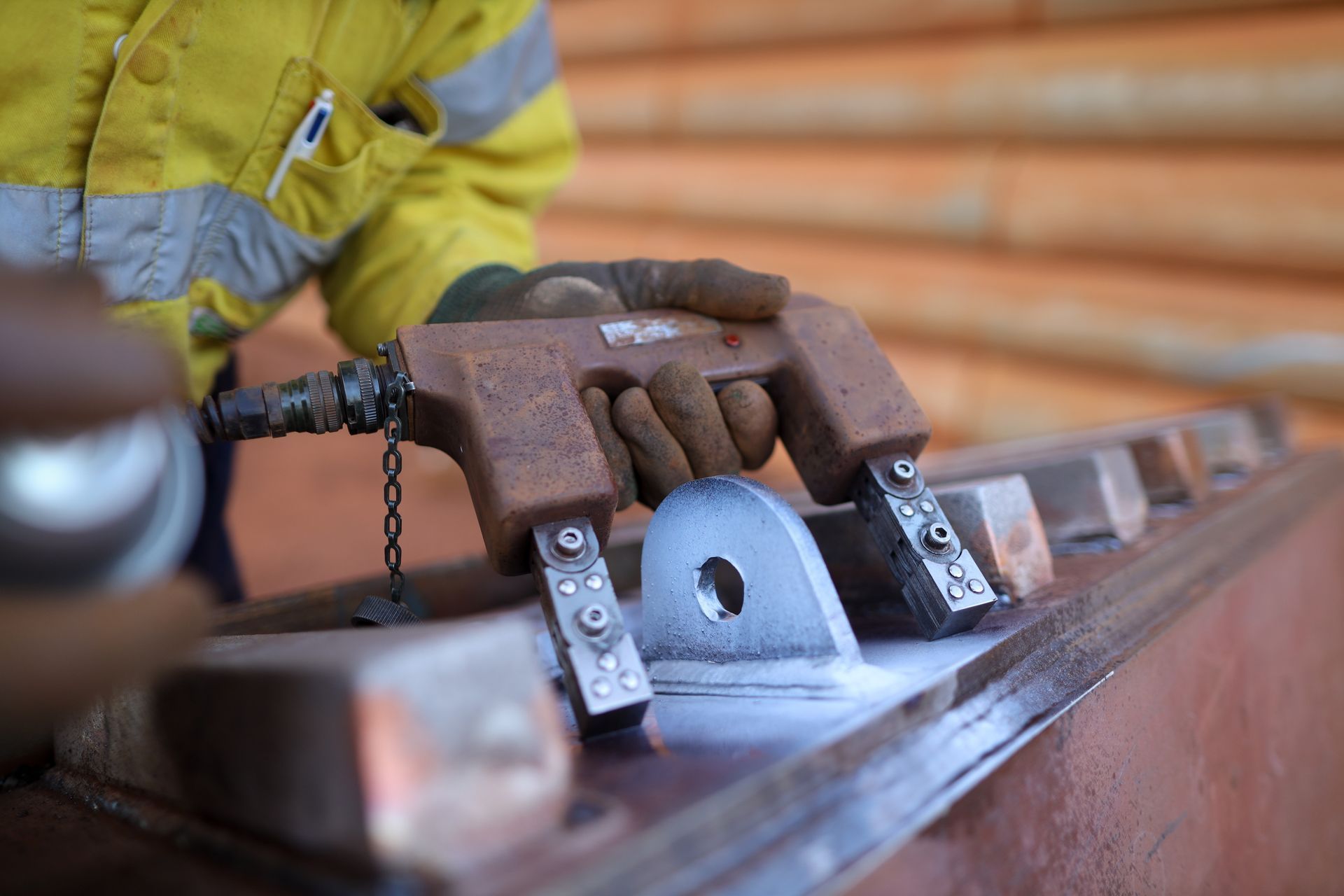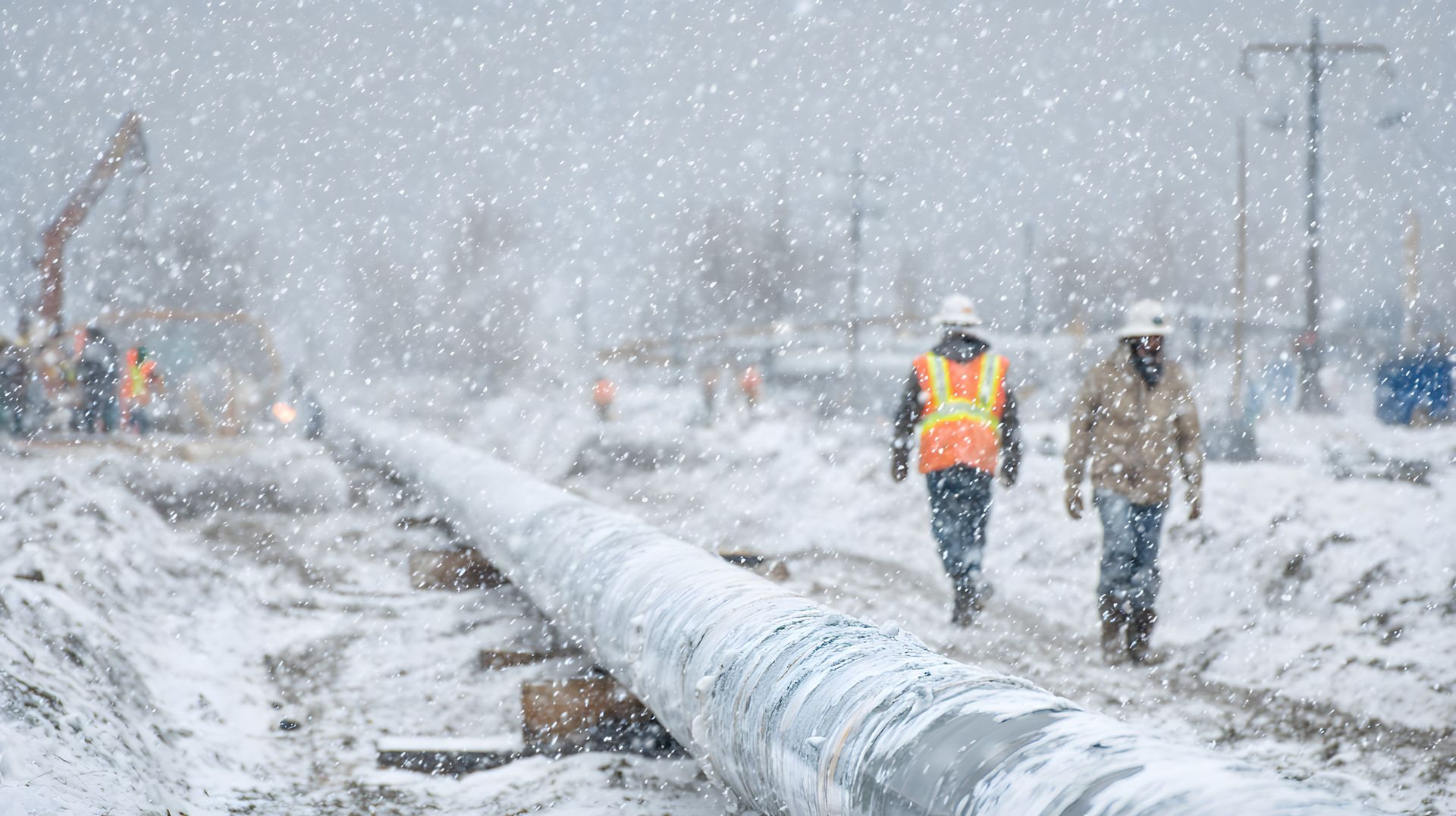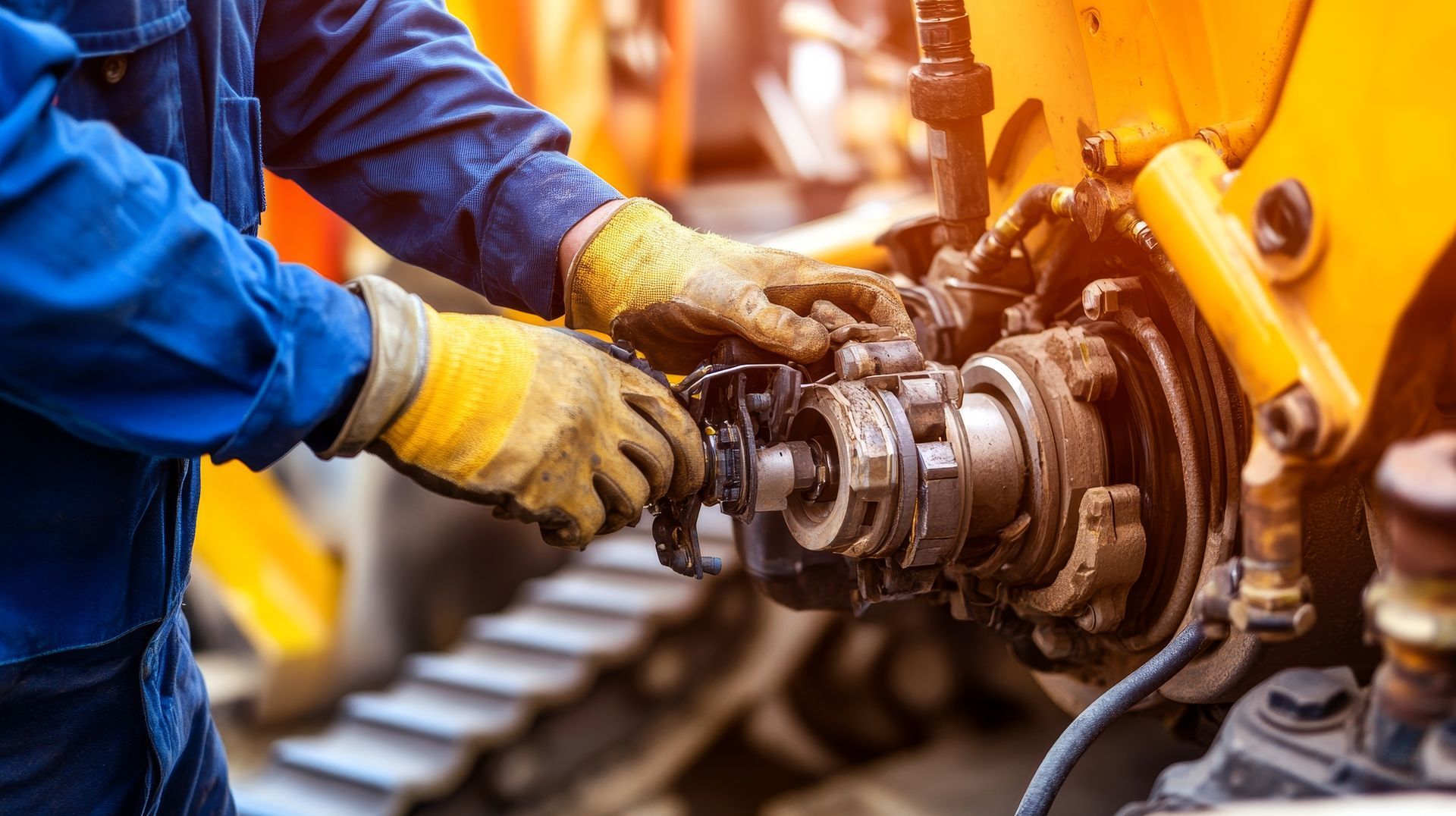Understanding the Basics of Undercut Welding
August 23, 2024
In the world of welding, achieving a flawless weld is the ultimate goal.
Yet, even seasoned professionals can encounter common welding flaws.
One such flaw is undercut welding.
Understanding what causes
undercut in welding, its impact, and how to avoid it is crucial.
This article aims to provide a comprehensive guide on the basics of undercut welding.
Whether you're a welding professional, a student, or simply interested in metalworking, this guide will offer valuable insights.
What is Undercut Welding?
Undercut welding refers to a common welding flaw.
It's characterized by a groove formation at the weld toe or weld root that wasn't filled by weld metal.
This flaw can compromise the integrity of the weld, leading to potential failure under stress.
Understanding what an undercut weld is, is the first step towards preventing this flaw.
The Appearance of Undercut in Welds
Undercut in welding often appears as a narrow, sharp groove along the edge of the weld bead.
This groove is typically more pronounced at the weld toe, where the weld bead meets the base metal.
Why Understanding Undercut Welding is Crucial
Understanding undercut welding is crucial for maintaining weld quality.
Undercut can weaken the weld, leading to potential failure in the welded structure.
Common Causes of Undercut in Welding
Undercut in welding can occur due to various reasons.
One of the most common causes is improper welding technique.
For instance, if the welder holds the electrode at an incorrect angle, it can lead to undercut.
Similarly, using an excessively high welding current can also cause this flaw.
Here are some common causes of undercut in welding:
- Incorrect electrode angle
- Excessive welding current
- High welding speed
- Improper selection of electrode
- Inadequate gas shielding in Gas Metal Arc Welding (GMAW) and Gas Tungsten Arc Welding (GTAW)
Photo By: Erie Institute of Technology
The Impact of Welding Technique on Undercut
The welding technique used can significantly impact the occurrence of undercut.
For instance, if the welder moves the torch too quickly, it can lead to insufficient filler material in the weld, causing undercut.
On the other hand, a slow torch movement can result in excessive heat input, which can also cause undercut. Therefore, mastering the right welding technique is crucial to prevent undercut.
Welding Speed and Its Role in Undercut Formation
Welding speed plays a significant role in the formation of undercut.
If the welding speed is too fast, the weld pool may not have enough time to solidify properly, leading to undercut. Conversely, a slow welding speed can result in excessive heat input, which can also cause undercut. Therefore, maintaining an appropriate welding speed is crucial in preventing undercut.
Electrode Angle and Type: Their Effects on Undercut
The angle and type of the electrode used in welding can significantly influence undercut formation.
An incorrect electrode angle can lead to an uneven distribution of heat, causing the sides of the weld to melt excessively and form an undercut.
Similarly, using the wrong type of electrode for a specific welding process or material can result in
poor weld quality, including the occurrence of undercut. Therefore, choosing the right electrode and using the correct angle is essential in preventing undercut.
Material Thickness and Welding Current: How They Influence Undercut
The thickness of the material being welded can also contribute to undercut. Thicker materials require more heat to weld, increasing the risk of undercut if not managed properly.
On the other hand, the
welding current plays a crucial role in the formation of undercut. A high welding current can cause excessive melting of the base metal, leading to undercut.
Therefore, it's important to adjust the welding current according to the thickness of the material to prevent undercut and ensure a high-quality weld.
Consequences of Undercut on Weld Integrity
Undercut in welding can have serious consequences on the integrity of the weld. It weakens the weld joint, reducing its load-bearing capacity and overall strength.
This weakening can lead to premature failure of the weld, especially under conditions of high stress or load. This is particularly concerning in critical applications where weld failure can have catastrophic results.
Therefore, understanding and addressing undercut is crucial to ensure the longevity and reliability of the weld. It's an essential aspect of quality control in welding operations.
Identifying and Testing for Undercut
Identifying undercut in a weld can be done visually. It appears as a groove at the toe of the weld, often along the length of the weld bead. This visual inspection is a crucial first step in identifying potential undercut issues.
For a more precise assessment,
non-destructive testing methods can be used. These include
ultrasonic testing and
radiographic testing. These methods can accurately detect and measure the extent of undercut, helping to ensure the quality and safety of the weld.
Strategies for Preventing Undercut in Welding
Preventing undercut in welding requires a combination of proper technique, equipment, and knowledge. One of the most effective strategies is proper welder training. This ensures that welders understand the causes of undercut and how to avoid them.
Adjustments to welding parameters can also help reduce the risk of undercut. This includes controlling the
welding speed, electrode angle, and welding current. The selection of appropriate welding equipment is also crucial.
Here are some key strategies to prevent undercut:
- Proper welder training
- Adjustments to welding parameters
- Selection of appropriate welding equipment
- Regular equipment maintenance
- Use of filler materials when necessary
Remember, prevention is always better than correction. By implementing these strategies, you can significantly reduce the occurrence of undercut in your welding projects.
Correcting Undercut: Techniques and Equipment
If undercut does occur, it's not the end of the world. There are techniques and equipment available to correct this welding flaw. One common method is to use a filler rod or wire to fill in the undercut. This can be done manually or with the help of a welding machine.
However, it's important to note that correction should only be done by a skilled welder. Improper correction can lead to other welding defects or weaken the weld even further. Therefore, always ensure you're well-trained before attempting to correct undercut.
Conclusion: The Importance of Addressing Undercut in Welding
In conclusion, addressing weld undercutting is crucial for maintaining weld integrity and strength. By understanding its causes and implementing effective prevention and correction strategies, welders can ensure high-quality welds and avoid potential weld failures.
At
Steel City NDT, we specialize in non-destructive testing methods such as ultrasonic testing and radiographic testing, ensuring the quality and safety of your welds.
Contact us today to learn more about how our services can help you identify and address undercut issues in your welding projects.
Preventing undercut is essential for the longevity and reliability of your welds, and Steel City NDT is here to assist you every step of the way.






